No products
They could also interest you:
Kalanchoe Daigremontiana, dried leaves 80g
 (13)
(13)
![]()
![]()
![]()
![]()
![]()
![]()
![]()
Dried and shredded Kalanchoe daigremontiana leaves. Plants grown on our land in Fermo, in the open countryside and in a 100% natural way.
- produced and cultivated by our farm!
- Ingredients: Kalanchoe daigremontiana leaves, dried
- Pack of: 80g
9,90 € tax incl.
Instead of tax incl.
MINIMUM ORDER per ordini in Italia di almeno 36 euro;
Earn: 9  NaturePoints
NaturePoints
Our cultivation of Kalanchoe daigremontiana
All the Kalanchoe Daigremontiana plants are grown on my land in Fermo, in the open countryside and in the open air. The cultivation is strictly natural, without the use of fertilizers, herbicides or chemical pesticides of any kind.
Description of the plant
Kalanchoe daigremontiana (also known as Bryophyllum ) is a plant of the Crassulaceae family native to the large island of Madagascar. It has succulent, fleshy, elongated and toothed leaves on the edges. It has an erect stem and with the passage of time, it lignifies starting from the bottom. During winter, if kept warm, the plant blooms with beautiful gray-pink to pink-purple tubular flowers.
In Latin America, where the cultivation and use of this plant is more widespread, it is also called by many other names, such as Arantes, Mother of Thousands, Devil's Backbone and Mexican Kalanchoe .
USE: Raw material for technical use
Shipping takes place every Monday, Tuesday and Wednesday, delivery in 24-48 hours on average to Italy, and 24-48 hours with air shipment, to the rest of Europe.
Shipment on the road to the rest of europe shipping takes place in 72/96 hours.
 |
Kalenchoé |
| DIDIER L. on 01/02/2024 | Je découvre ce produit très intéressant |
 |
Good Quality |
| Sinmonas V. on 02/14/2023 | Good Quality. |
 |
Tisana... |
| VALENTINA C. on 12/07/2022 | Tutto come sempre :perfetto!!! |
 |
Kalanchoe |
| Michela D. on 11/29/2022 | Sapore un po strano ma buona. |
 |
Ottima |
| Giulia M. on 06/20/2022 | Ottima tisana! L’ho già riacquistata per regalarla ad un amico! |
 |
very nice |
| R K. on 01/24/2022 | nice tea in a nice professional package |
 |
Consigliato |
| Patrizia M. on 09/10/2021 | Ottimo prodotto |
 |
Molto buona |
| Andrea G. on 06/18/2021 | Molto buona ed efficace. Grazie |
 |
Kalanchoe |
| MARIO B. on 10/26/2020 | Ottimo |
 |
Kalanchoe |
| Alessandro S. on 05/06/2020 | Tutto benissimo, grazie |
 |
perfetto |
| Gudrun A. on 04/13/2020 | perfetto grazie mille |
 |
Kalanchoe Daigremontiana |
| Angelo Giusepppe M. on 09/16/2019 | Dopo aver letto libro il libro di Josep Pàmies "Una dolce rivoluzione" è ormai entrata a far parte del mio quotidiano. Esperienze e fatti che hanno segnato la mia vita mi hanno fatto conoscere questa pianta che ha delle virtù benefiche per la salute. Consigliatissima e bravo Mauro che risulta il venditore più serio in materia sul web. |
 |
Kalanchoe |
| Giorgio G. on 05/01/2019 | Ottimo prodotto e ottima consulenza |

 SHIPMENTS WITH DHL DELIVERY IN 24/48/72 H
SHIPMENTS WITH DHL DELIVERY IN 24/48/72 H 100% PRODUCTS GROWN NATURALLY
100% PRODUCTS GROWN NATURALLY TO CONTACT US
TO CONTACT US



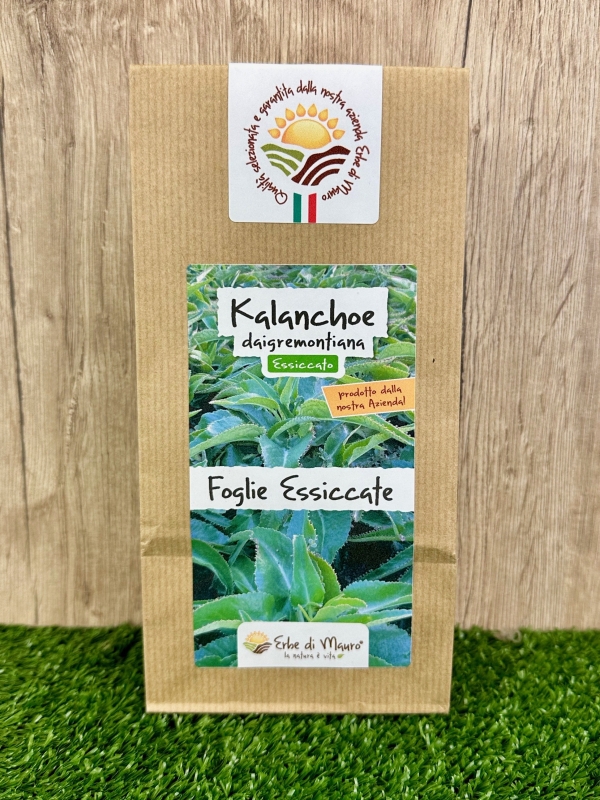





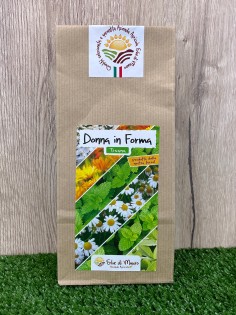
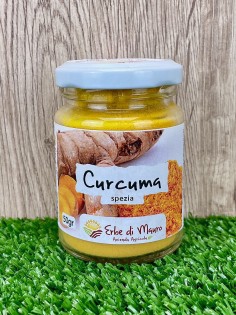
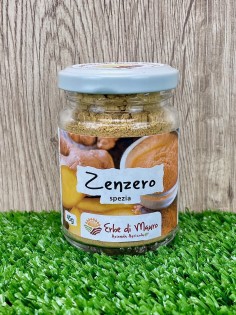
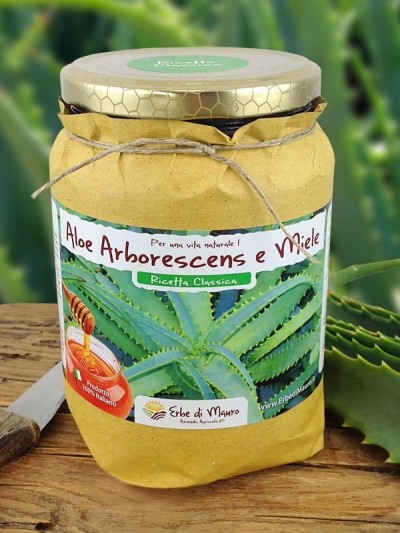
0